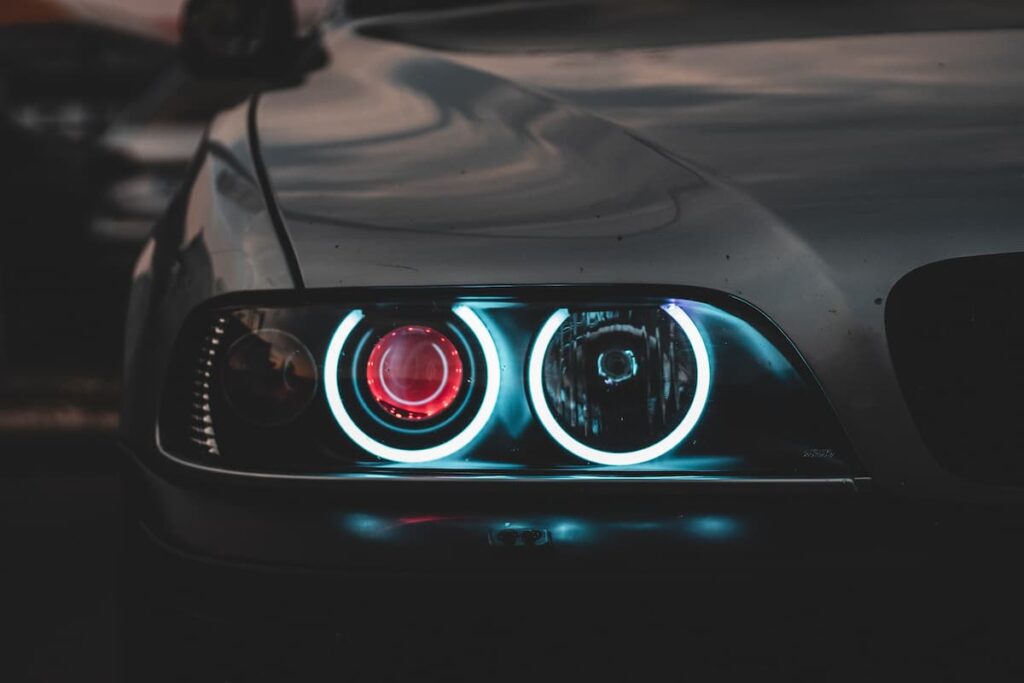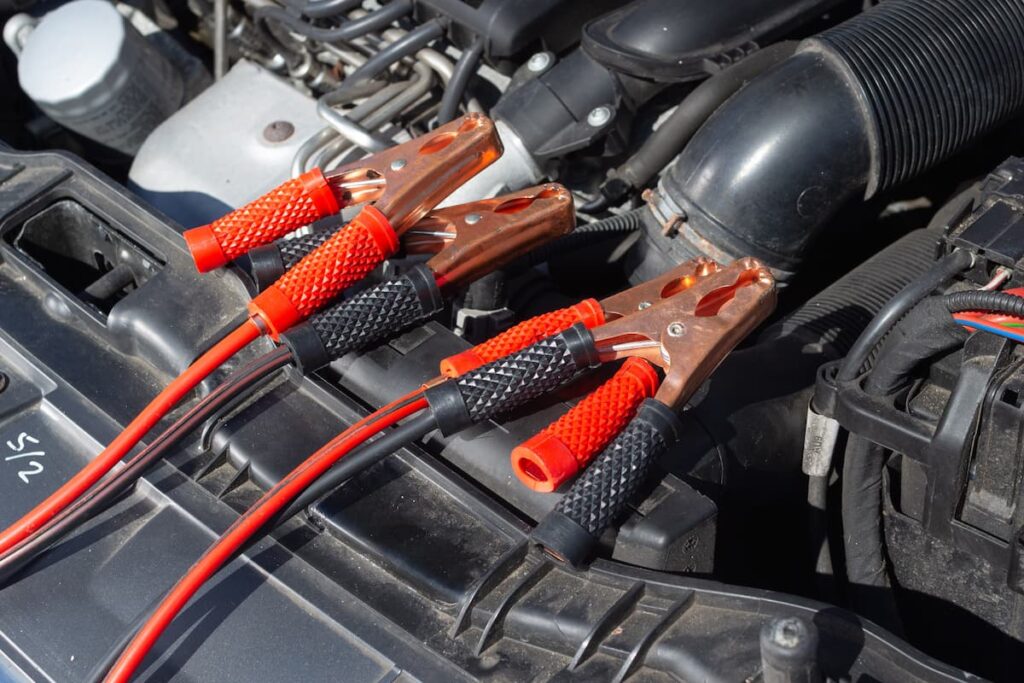The car battery is essential, as it powers the car energetically. So you can turn on the lights, open and close the windows, turn on the air conditioning, the radio, and use the car’s Bluetooth. Without a battery, the car won’t start (and just like this component, the engine must also be protected).
See how this component works.

Car batteries: the lifetime, function, and which types exist
All batteries have a time limit. Over its lifetime, the battery shows signs that it needs replacement.
A car battery is nothing more than a box with some chemicals — such as lead dioxide and porous lead, which, when you turn the key, generate power to start the car.
But don’t think that there’s only one type of car battery. There is more to know.
The 4 types of car batteries
Car batteries have different properties, depending on the car type. So don’t worry if you’re not sure about the battery you bought for your car — in fact, if it isn’t the right battery, your car won’t even run.
Learn more about the 4 different types of car batteries.
1. Lead-acid batteries
This is the most common car battery and also the most economical. It’s suitable for petrol and gasoline engines, and you can buy it at relatively low prices.
2 . EFB Batteries
Also known as Enhanced Flooded Battery. These are more expensive batteries used in vehicles with Start and Stop systems. Their charge capacity is higher, especially when compared to common batteries (lead-acid ones).
3. VRLA batteries (GEL and AGM)
VRLA: Valve Regulated Lead Acid. These batteries are equipped with safety valves. The liquid inside is pressurized, so it’s never lost. These car batteries are divided into:
- GEL batteries: the acid inside is gelatinous. It discharges very slowly, and the storage time is long;
- AGM (Absorbent Glass Mat) batteries: also used in vehicles with the Start and Stop system. They’re expensive and the most powerful when starting.
4. Lithium-ion batteries
This is the most expensive car battery and also the lightest. For this reason, this is used in high-end cars, such as sports ones.

How to choose your car battery
As you have already understood, each car asks for a specific battery. To choose the right one, you should check:
- The battery size that best fits your car’s dimensions, as well as the cold cranking amps (CCA), which influence the vehicle starting;
- The reserve capacity (RC), which is the ability to generate enough power without going below the car’s minimum voltage to work. In general, the higher the number of CCA and RC, the better it is for your car;
- The brand. Bosh, Varta, Tudor, and Mapco are considered the most reliable.
Now it’s time to learn about the signs that ask for the car battery’s replacement.
When to change the car battery? 4 signs to watch out for
There are some. Here are the main ones:
- The car won’t start. You have tried several times, and… nothing? It’s probably the battery;
- Lights with low intensity. It can mean that the battery’s not creating enough energy to give the usual intensity to the outdoor, indoor, and dashboard lights;
- Low voltage. Test the voltage of your car battery with your mechanic, and do it often. Simply connect the voltmeter to the positive and negative poles. If the intensity is lower than 12V, you should change the car battery;
- Battery light on the dashboard. This is an alert that something’s not right.
This is why your car’s maintenance is essential. Not only should you worry about the battery, but also about the other vehicle components.

